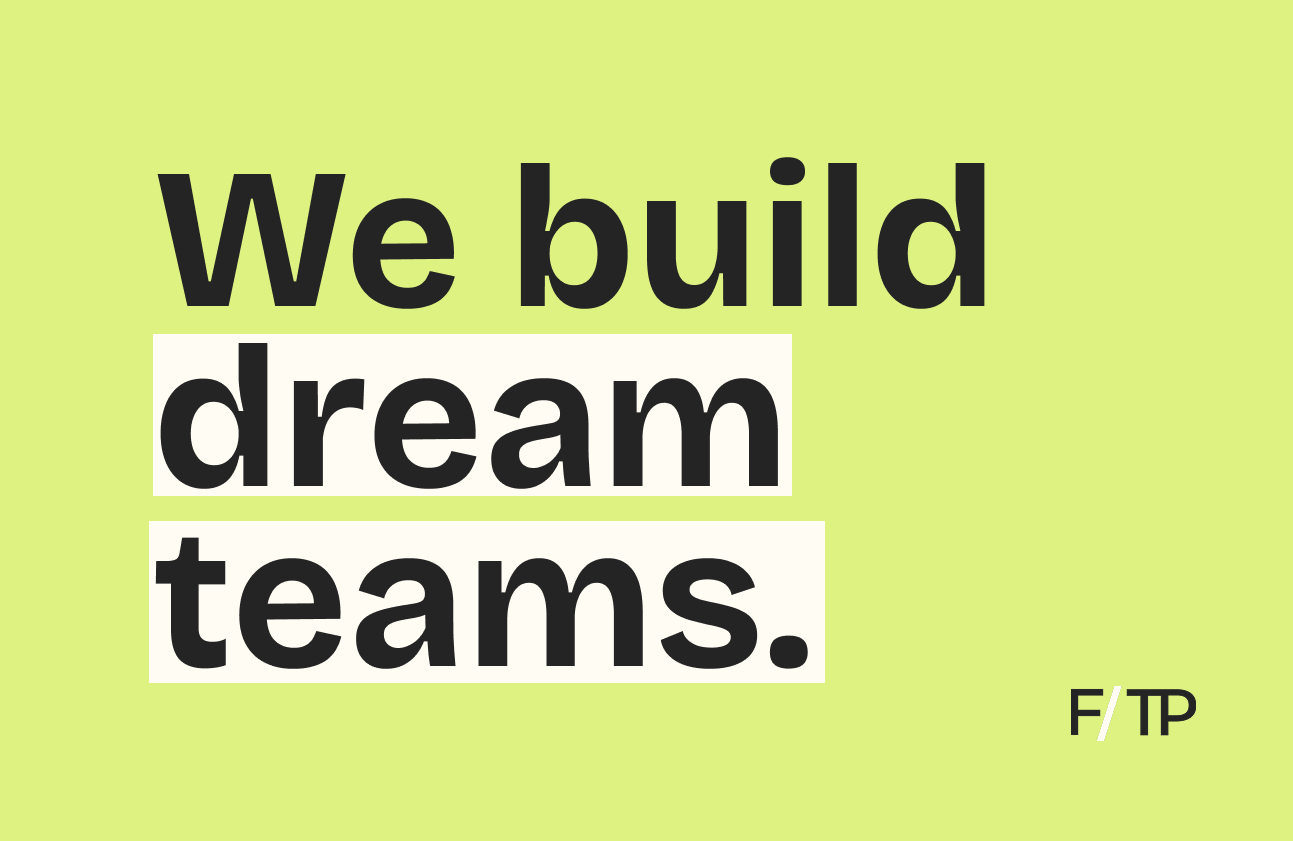Since the start of the pandemic, activewear has gone from trendy to essential. The indisputable king, Nike is poised to continue its decades-long domination.
But what exactly makes the athletic gear giant so successful? And can anyone catch up?
On the Offensive
Nike commands a 39% share of the global footwear market and 13% of global apparel sales. Transcending shoes and sport, the Nike brand has become a cultural phenomenon. Striving for more, the company has proven willing to reinvent itself.
In 2017, Nike devised a digital strategy to drive growth, targeting 30% digital penetration in five years — a goal that, at the time, seemed lofty.
Then the pandemic hit. Boosted by the global eCommerce boom and spike in activewear sales, Nike surpassed its goal three years ahead of schedule.
Doubling down on direct-to-consumer (DTC) sales, Nike accelerated its digital transformation, executing its “One Nike Marketplace” strategy.
Wholesale, who? While the majority of Nike’s revenue (around 65%) remains driven by wholesale, the company is well aware of the growing competition from DTC activewear brands.
Noting the shift, Nike has closed undifferentiated wholesale accounts, pivoting resources toward direct channels to secure higher margins, reclaim access to consumers, and maintain control.
Content, community, customization. Supporting this move is Nike’s tightly woven ecosystem, from digitally outfitted Nike Live stores to its arsenal of apps.
Case in point, last August, it launched a 24,000-square-foot Nike Rise store in Seoul. A manifestation of the company’s unique digital capabilities, the store is a high-tech, highly personalized retail experience.
Numbers don’t lie. A recent Q2 earnings report confirmed the retailer’s growth in spite of pandemic headwinds and supply chain issues:
- Nike posted $11.36B in revenue in its second quarter ending November 30, 2021, outpacing expectations by over $100M.
- Most of this growth notably came from digital sales, which have grown by over 12%, including by 40% in North America.
Far from a siloed approach, Nike excels by executing interconnected, multipronged long plays — anticipating wider market trends and making tough calls to stay a step ahead.
Facing the Swoosh
Outside of Nike, the activewear sector is booming; experts project the market to top $546B by 2024.
From lululemon to Allbirds, brands across the board are upping their game. But can any of them dethrone Nike?
When life gives you lululemons. A potential Achilles’ heel, Nike has had mediocre success with women — worsened only by internal snafus. Despite efforts to grow, women’s products make up less than 25% of its total revenue.
Meanwhile, female-oriented brands like Athleta and Alo Yoga have made moves to corner women’s activewear, launching digital workouts and investing in experiential retail.
In particular, lululemon has soared in recent years:
- While the pandemic pummeled most of retail, lululemon plotted its overseas expansion and increased brand value by more than 40%.
- In 2021, it grew revenue by 88% to over a billion dollars and posted some of the best gross margins in the apparel industry.
- Challenging Nike directly, lululemon has also entered the digital fitness space with its MIRROR acquisition while teasing a 2022 entry into footwear.
Nike seems to be feeling the heat — in early January, Nike filed a lawsuit against lululemon, accusing it of infringing on a number of patents on fitness equipment and related mobile apps.
Foot race. Over in footwear, Nike’s bread and butter, the company has maintained an iron grip. But with the recent running boom, a number of brands are nipping at its heels:
- CrossFit favorite NOBULL reached a half-billion-dollar valuation last year on 80% YoY growth and has been eyeing global expansion.
- Focused on female runners, Brooks Running unseated Nike in the women’s performance category in Q1 2021, increasing sales by 88% while Nike took a 35% blow.
- Touting pain management, HOKA has posted 96% YoY growth and grew its DTC channel by almost 15%.
Darkhorses Allbirds and On Running have shaken things up as well. Both companies IPO’d last year at billion-dollar valuations, boasting sustainability and simplicity as differentiating streaks. “I’ve tried to make us the opposite of Nike almost,” said Allbirds co-founder Tim Brown.
Elsewhere… from unorthodox contenders to legacy competitors, Nike is getting squeezed from all angles. Peloton debuted its apparel line in fall 2021 while adidas and Under Armour are outlining their own DTC revolutions.
In a digitally driven market where competitors are just a few swipes away, brands that fail to adapt will get left behind.
Looking Ahead
Despite impressive growth, most activewear brands simply can’t compare to Nike’s massive presence.
lululemon’s revenue, for example, sits at a fraction of Nike’s $37B in fiscal year 2020. The yogi favorite would need to maintain double-digit growth for over a decade in order to catch up — and that’s if Nike stood still. As its $44.5B FY2021 shows, that seems unlikely.
Even now, as the web3 movement sweeps the internet, Nike is already diving in headfirst:
- The company has been ramping up to produce digital versions of its products since at least October.
- In November, Nike partnered with Roblox to launch virtual world NIKELAND and it teamed with Snapchat for an AR running experience.
- A few weeks later, it snapped up NFT studio and fashion startup RTFKT.
Punchline: For now, no one seems likely to topple Nike, but activewear brands are steadily carving out their own lane, building billion-dollar empires in spaces that were once considered niche. In other words, this isn’t a zero-sum game — Nike’s dominance signifies the success of the activewear industry at large.
🥾 Hit the Trail
Bolstered by pandemic tailwinds, as more people hit the trails, there’s a growing opportunity in the great outdoors.
On the Fitt Insider Podcast: AllTrails CEO Ron Schneidermann joins us to discuss the company’s content flywheel, free app, and subscription product.
We also cover: the intersection of technology and the outdoors, as well as the company’s recent $150M funding round — fueling community, personalization, and international expansion.
Listen to today’s episode here.
🎮 Fitness x Gaming
Liteboxer is launching VR workouts, expanding beyond connected equipment and into the metaverse.
What it is: Available on Meta Quest 2 in March, Liteboxer’s VR offering features instructor-led classes, curated playlists, and head-to-head workouts with friends.
Priced at $18.99/month (plus the cost of a Quest headset), the VR subscription is significantly less expensive than the company’s $1,245–1,445 smart punching bag.
On the Fitt Insider Podcast, Liteboxer CEO Jeff Morin hinted at the company’s ambition beyond equipment:
“We’re trying to hack the brain… where your mind and body get into this flow state. Time flies by, and the pain you normally experience when working out is replaced by joy.”
Put ’em up. More and more, boxing-inspired workouts are gaining popularity:
- June 2021: Connected boxing company FightCamp raised $90M, with backing from Mike Tyson, Floyd Mayweather Jr., Georges St-Pierre, and others.
- December 2021: Peloton added boxing workouts to its fitness platform; Conor McGregor’s FAST training brand debuted a connected boxing offering.
To infinity. A parallel development, the fitness metaverse is reimagining exercise with immersive training options.
- Meta (Facebook) acquired VR fitness subscription Supernatural for $400M.
- FitXR’s virtual fitness club brings fun, effective workouts into the home.
- Quell, an interactive boxing game, raised $3M in funding last year.
Looking ahead: Appealing to a much larger audience than the typical fitness-seeker, the next wave of innovation in at-home exercise will focus on fun, gamification, and entertainment over competition.
👀 MIRROR Hires New CEO
lululemon hired former Amazon exec Michael Aragon to lead MIRROR, its connected fitness business. Aragon replaces MIRROR founder Brynn Putnam, who resigned the CEO role in September 2021. The leadership shakeup comes as growing competition in at-home fitness prompted MIRROR to cut its 2021 sales forecast in half. Complicating matters, lululemon is facing a lawsuit from Nike related to MIRROR’s immersive fitness tech.
🦾 Abbott Readies Consumer Biowearables
Expanding beyond diabetes tech, healthcare company Abbott is developing new consumer biowearables. Targeting elite athletes and casual exercisers, the company’s Lingo sensors will track biomarkers like glucose, ketones, and lactate. As metabolic fitness and high-performance health move into the mainstream, Abbott CEO Robert B. Ford said Lingo will help users “proactively manage health, nutrition and athletic performance.”
😌 Hoame Enters VR Meditation
Toronto-based meditation studio Hoame is bringing mindfulness to the metaverse, debuting a subscription-based app for Meta Quest. The VR meditation offerings feature daily classes and on-demand practices led by expert instructors. With the mental wellness sector valued at $121B, and the mental health crisis intensifying, VR meditation and therapy could be a path to improved well-being.
📈 Funding Frenzy
In 2021, US digital health companies raised a record $29B in funding, doubling the previous high-water mark of $14.9B in 2020. Taking the top spot, startups focused on mental health attracted $5.1B, up from $2.7B last year. Of note, fitness and wellness companies garnered $4.3B, with Mindbody ($500M) and Noom ($540M) securing two of the year’s largest deals.
📰 News & Notes
- Peloton drops $145 Altos cycling shoes.
- Boxing and fitness brand Everlast opens flagship UK gym.
- Fitt Jobs: 900+ open roles at top health & fitness companies.
- KFC x Beyond Meat: plant-based chicken launches nationwide.
- Startup Q&A: Spoked CEO Richard Lang on data-driven cycling.
- CrossFit cuts ties with longtime Games mastermind Dave Castro.
- Corona debuts Sunbrew, a non-alcoholic beer with added vitamin D.
- UK-based PureGym opens first US location under Pure Fitness banner.
💰 Money Moves
- Planet Fitness is acquiring top franchisee Sunshine Fitness Growth Holdings LLC, operator of more than 114 Planet Fitness locations, in a $800M deal.
- Mojo Vision, makers of smart contact lenses, raised $45M and partnered with adidas, Wearable X, and others to pursue augmented reality in personal performance and sports.
- Global wearable manufacturer Myzone raised $17.2M in funding from growth capital investor BGF.
More from Fitt Insider: Wrist Wars - Tennis app Break the Love, a platform for connecting the tennis community, secured $2.5M in seed funding.
More from Fitt Insider: Recreation’s Renaissance - Mine’d, an emotional wellness app, raised $3.5M in seed funding led by Listen Ventures.
- Campsite booking platform Hipcamp acquired Cool Camping, a UK-based digital travel agency.
- CoPilot Systems, creators of one-on-one personal training app DeltaTrainer, closed $5.86M in a Series A round led by Hyde Park Venture Partners.
- Little Otter, a digital mental health solution for kids, closed a $22M Series A round led by CRV.
- UK-based meal kit company Gousto secured $100M in new funding from SoftBank Vision Fund II.
- Kiddo, a remote patient monitoring platform for children, closed a $16M Series A round led by Clearlake Capital-backed Vive Collective.
- Israeli animal-free dairy startup Remilk landed $120M in a Series B round led by Hanaco Ventures.
- NESTRE Health & Performance, a cognitive training and mental health company, secured $1.6M in new funding.
Today’s newsletter was brought to you by Anthony and Joe Vennare, Melody Song, Wesley Yen, and Ryan Deer.






